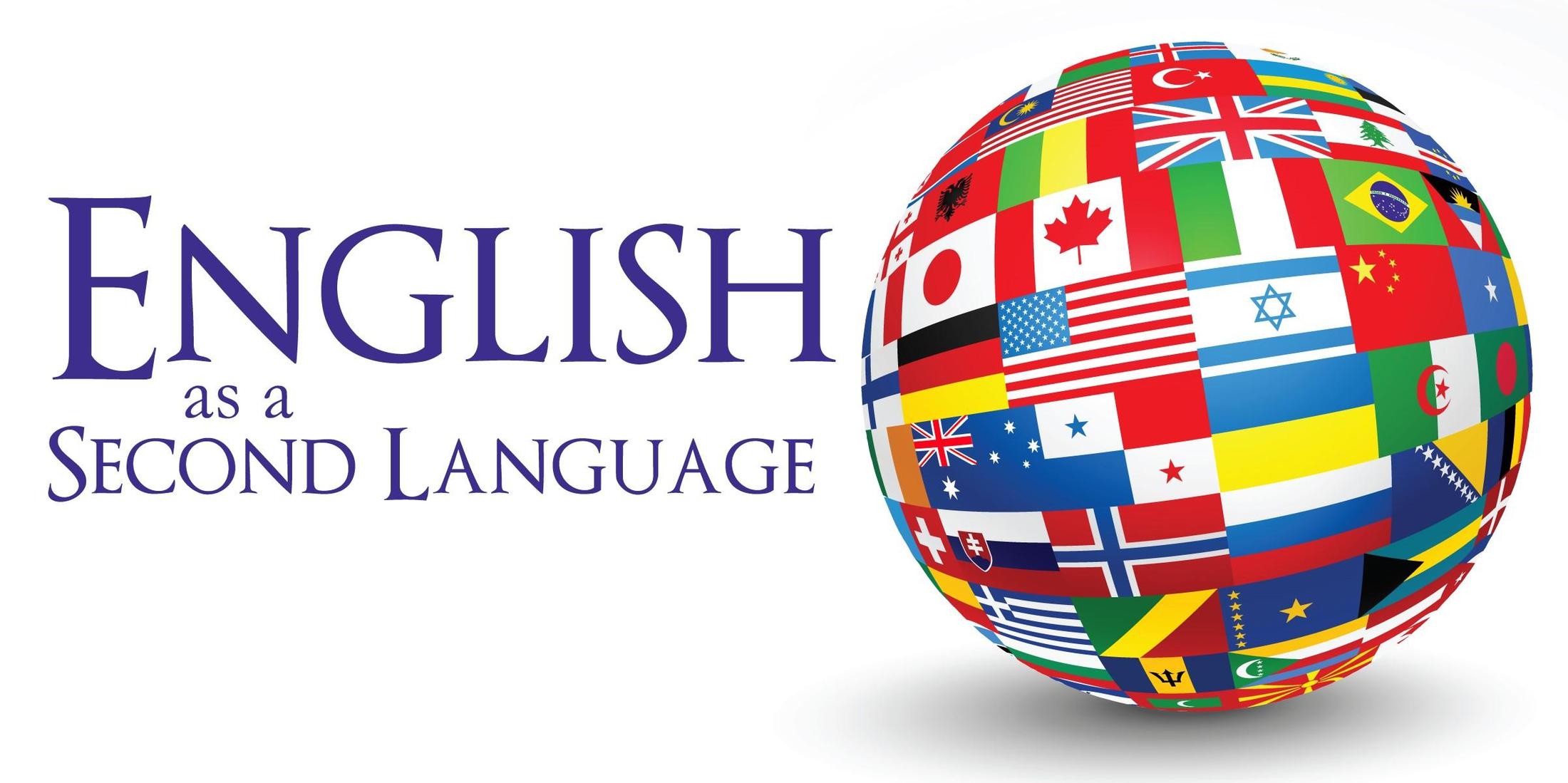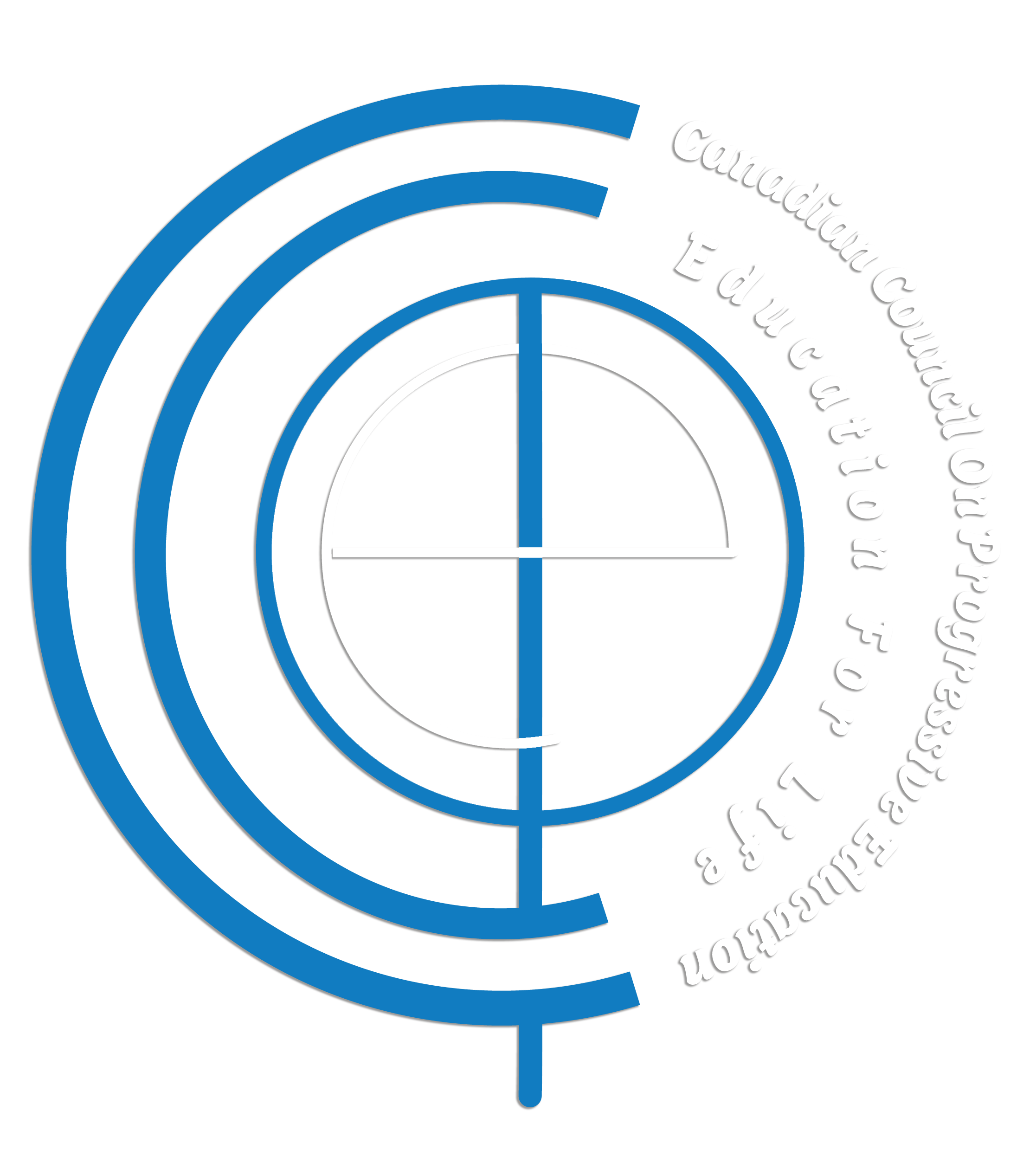

The Challenges of Teaching English as a Second Language in the Arab Gulf Region
Teaching English as a second language (ESL) presents unique challenges worldwide, but the Arab Gulf region, with its rich cultural history and linguistic roots in Arabic, poses distinct obstacles. In this region, teaching English is a key part of educational policy and economic planning due to the global role of English in business, technology, and international relations. However, both students and educators face challenges related to language structure, cultural perceptions, educational policies, and limited resources. Here, we explore these primary obstacles and discuss potential strategies for addressing them in the context of teaching ESL in the Arab Gulf.
1. Linguistic Differences and Language Structure
One of the most notable challenges lies in the linguistic differences between Arabic and English. Arabic is a Semitic language with a unique phonetic system, grammar rules, and writing structure that differ significantly from English, a Germanic language. For instance:
- Phonological differences: Arabic phonology lacks several sounds found in English, such as the “p” sound, which is commonly substituted with a “b.” This difference makes it challenging for native Arabic speakers to master accurate pronunciation.
- Script and direction: Arabic is written from right to left, while English is written from left to right. Adjusting to this directional shift, along with the different characters, can create cognitive obstacles for young learners.
- Syntax and grammar: Arabic follows a different sentence structure and grammar, where verbs often come before subjects in sentences. For instance, the English phrase “The boy went to school” would follow a “went-the-boy” order in classical Arabic. Additionally, Arabic is a highly inflectional language, meaning words change form based on tense, number, and gender, making English grammar rules—particularly the use of auxiliary verbs and prepositions—difficult for Arabic speakers to grasp.
2. Sociocultural Attitudes and Perceptions
The social and cultural context of the Gulf region has a profound effect on ESL education. English is often perceived as the language of the West, and while it is valued for its economic benefits, it may also be viewed as a cultural threat. Some families and communities fear that extensive English language education could erode traditional values and lead to cultural assimilation. This perception can limit students’ enthusiasm for the language and discourage parents from promoting English at home.
Furthermore, many students in the Gulf region are taught by teachers who are not native English speakers. While these teachers may be skilled, students are often exposed to regional dialects or accents, which may affect their acquisition of standard English pronunciation. This also influences how English is perceived socially and in terms of proficiency benchmarks, particularly in more conservative settings where exposure to native speakers is limited.
3. Curriculum and Educational Policy Constraints
Educational systems across the Gulf region have made significant strides in integrating English into curricula, but challenges remain:
- Standardization vs. localization: There is a continuous debate on how much of the ESL curriculum should reflect global standards versus adapting it to fit the region’s unique needs and cultural context. Many curricula are imported from Western countries, leading to content that may not be entirely relevant or relatable to Gulf students.
- Examination-oriented learning: Many schools in the Gulf place heavy emphasis on exams and rote learning, which can impede language acquisition. Effective language learning requires interactive and communicative teaching strategies rather than memorization-based methods. An overreliance on testing may discourage students from engaging in conversational practice and critical thinking in English.
- Teacher qualifications and training: Due to high demand, there is a shortage of qualified ESL teachers with specialized training in linguistics or TESOL (Teaching English to Speakers of Other Languages). This gap means that some teachers might lack the skills needed to address students’ unique needs, and ongoing professional development is often limited.
4. Resource Limitations and Infrastructure
Another major challenge is the availability and accessibility of high-quality ESL resources:
- Insufficient access to technology: While some schools in the Gulf are well-funded and equipped with the latest educational technology, others may lack access to language labs, audio-visual aids, or online platforms that make language learning engaging and interactive.
- Limited access to reading materials: Exposure to English literature, children’s books, and even newspapers is critical for language acquisition, yet such resources can be scarce in many areas. Libraries may lack a wide range of English reading materials suitable for different proficiency levels, leaving students with few options for improving their language skills outside of the classroom.
- Class sizes: In some schools, large class sizes make it difficult for teachers to provide individualized attention. Given the varying levels of English proficiency in a typical class, catering to each student’s needs in a large group setting is challenging.
5. Motivational Factors and Language Anxiety
Language learning is deeply influenced by motivation and emotional support, but for ESL students in the Gulf, several factors can hinder these aspects:
- Limited exposure to English-speaking environments: In the Gulf, students may have few opportunities to use English outside the classroom. With limited immersion, students struggle to internalize the language and build confidence in their conversational skills.
- Fear of making mistakes: Language anxiety is prevalent among students who are afraid of being judged or making errors in pronunciation and grammar. In traditional classroom settings where accuracy is emphasized over fluency, students may avoid participating in English discussions, which can significantly slow down their learning progress.
- Perceived difficulty of English: Arabic-speaking students often view English as a difficult language, which can impact their motivation levels. This perception can lead to a self-fulfilling cycle, where students with low confidence may struggle and reinforce their beliefs that English is inherently challenging.
6. Parental and Community Involvement
Parental and community support plays a critical role in language learning success, but several barriers exist in the Gulf region:
- Language divide at home: Many parents in the Gulf region may not speak English proficiently, making it challenging to support their children’s language development. In some cases, families prioritize Arabic at home, leaving little room for English practice outside school.
- Mixed messages: While English proficiency is essential for educational and professional advancement, parents may send mixed messages by emphasizing traditional language and cultural values. Children often feel the tension between the need to excel in English and the need to retain their cultural identity, affecting their motivation to fully engage in ESL classes.
Potential Solutions for Addressing ESL Challenges in the Gulf
Addressing these challenges requires a collaborative approach involving educators, policymakers, parents, and students. Here are some possible strategies:
- Implement culturally responsive curricula: By incorporating regional themes, cultural references, and locally relevant topics into the ESL curriculum, educators can make learning more relatable and interesting for students, helping bridge the gap between English and their native culture.
- Invest in teacher training: Providing ongoing professional development and TESOL certifications for teachers is critical. Educators should be equipped with modern pedagogical tools that emphasize student-centered learning, communicative activities, and differentiated instruction.
- Encourage bilingual environments: Schools and families should foster environments where both Arabic and English can coexist. Encouraging bilingualism can help reduce language anxiety and make students more comfortable with English as a second language.
- Utilize technology for immersion: Schools should maximize access to digital tools, language-learning apps, and multimedia resources. Interactive apps and online games can make learning English enjoyable while providing the repeated exposure students need to internalize vocabulary and grammar.
- Promote extracurricular activities: Clubs, language cafes, and English debate groups provide students with the chance to use English in casual settings. Schools and community organizations could organize events where students can engage in English-speaking environments, enhancing their fluency and confidence.
Conclusion
The task of teaching English as a second language in the Gulf region is filled with challenges, but it is also rich with opportunities. As globalization continues to impact the Arab world, English proficiency becomes more than an educational milestone—it is a bridge to future economic and cultural integration. Through culturally aware, pedagogically sound, and technologically supported approaches, educators and policymakers can pave the way for Gulf students to achieve English proficiency, opening doors to broader opportunities in the global arena.











